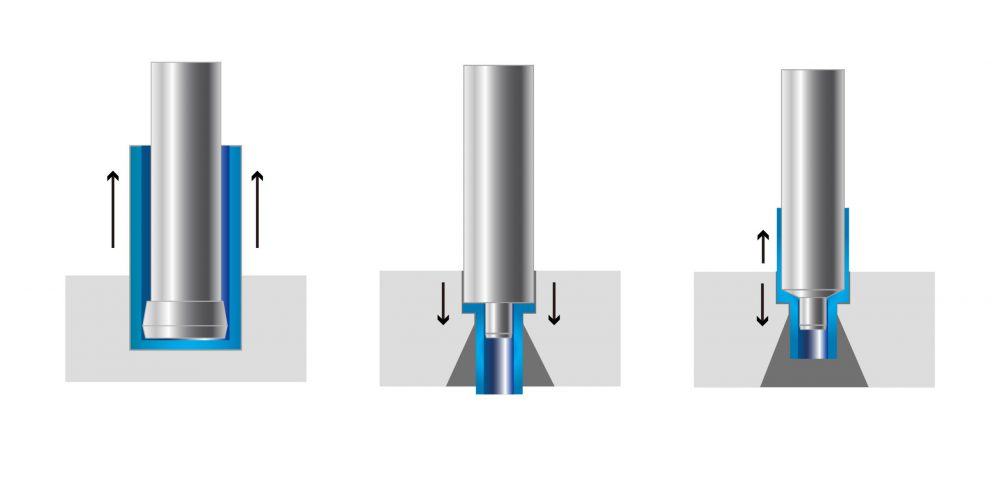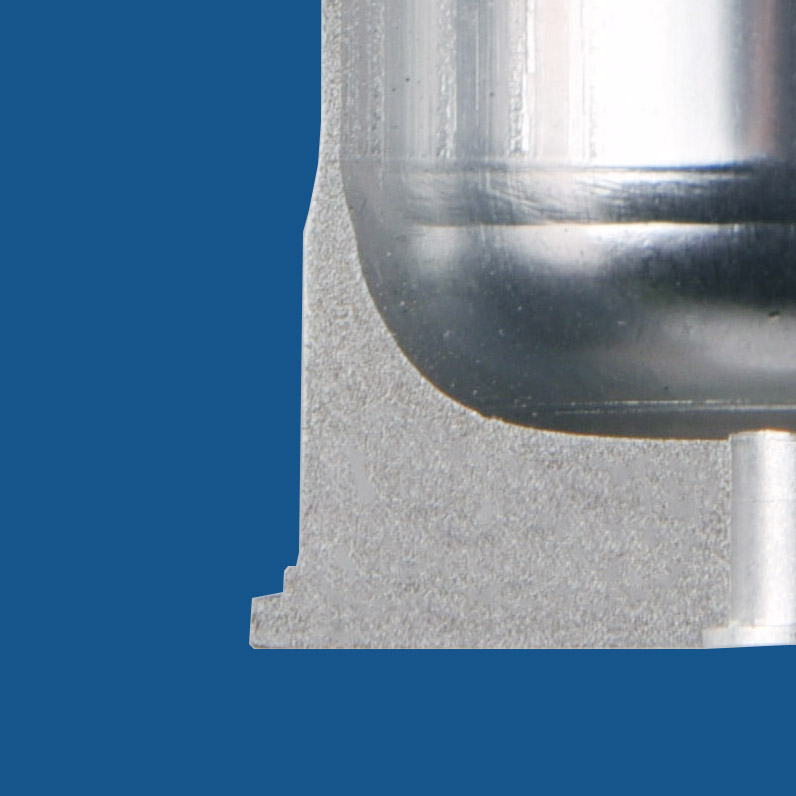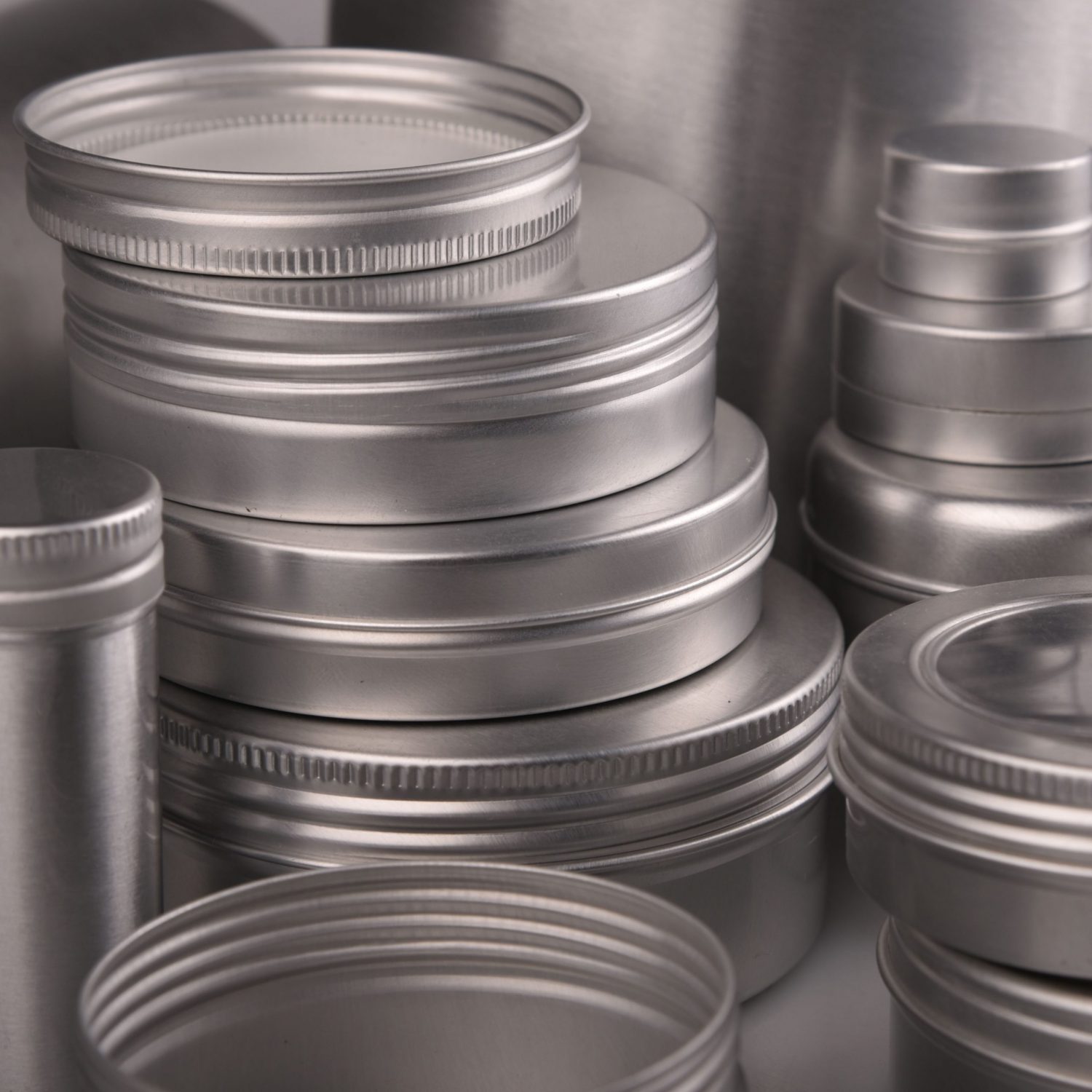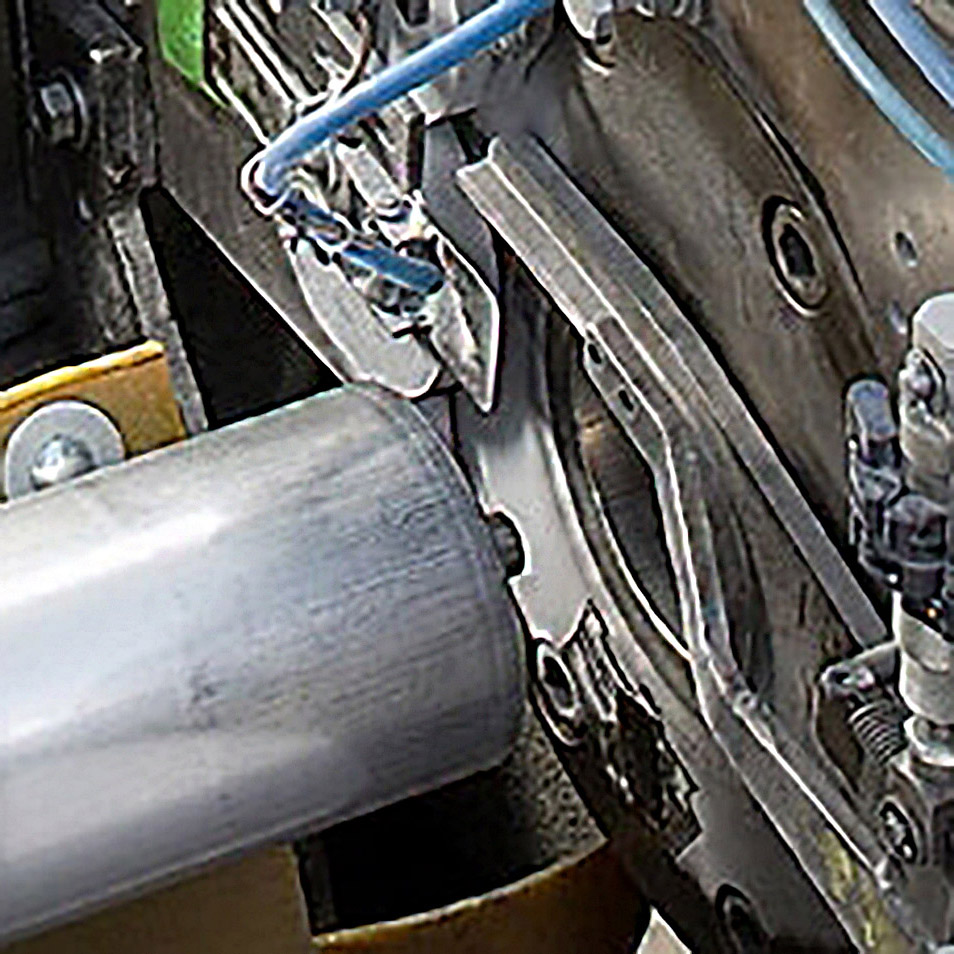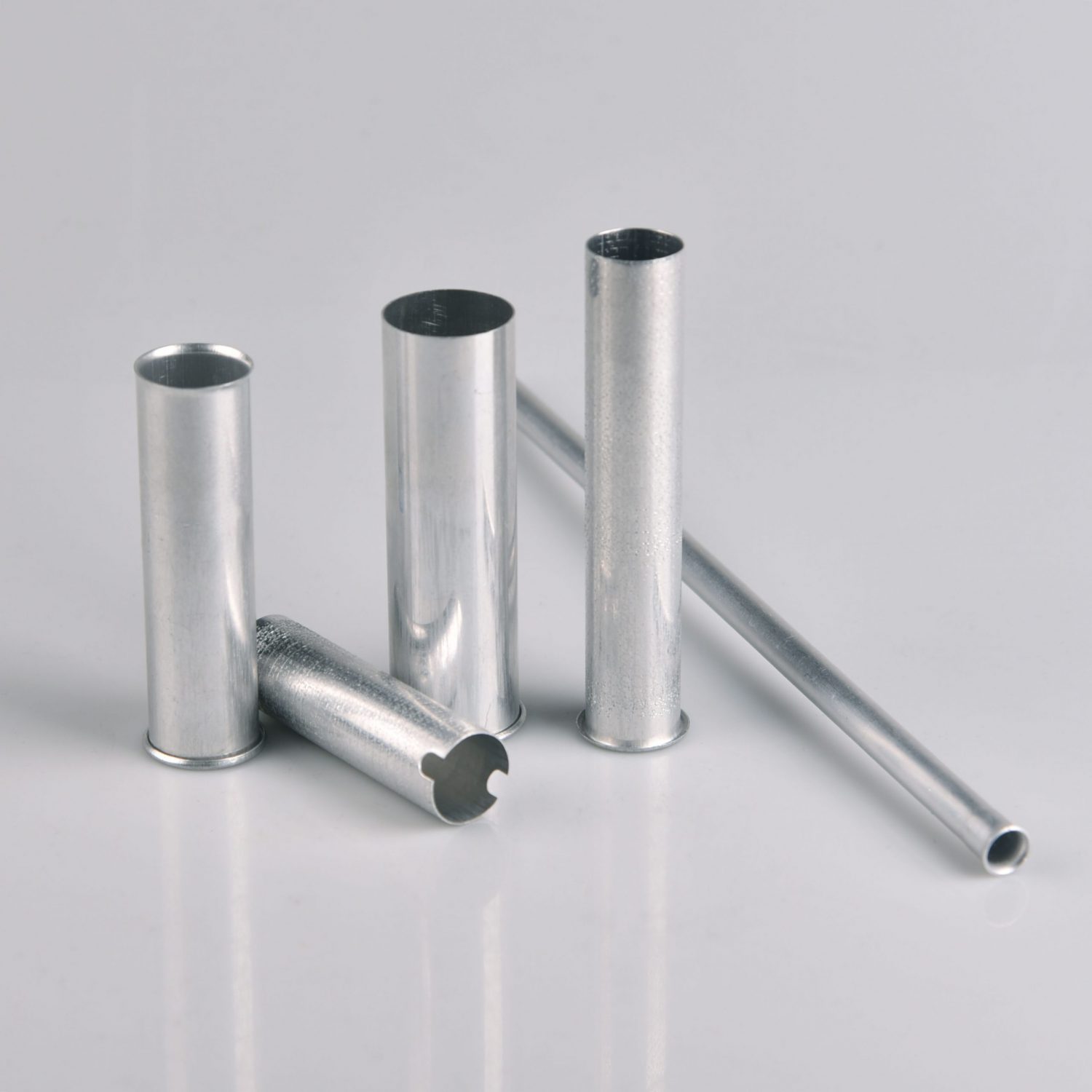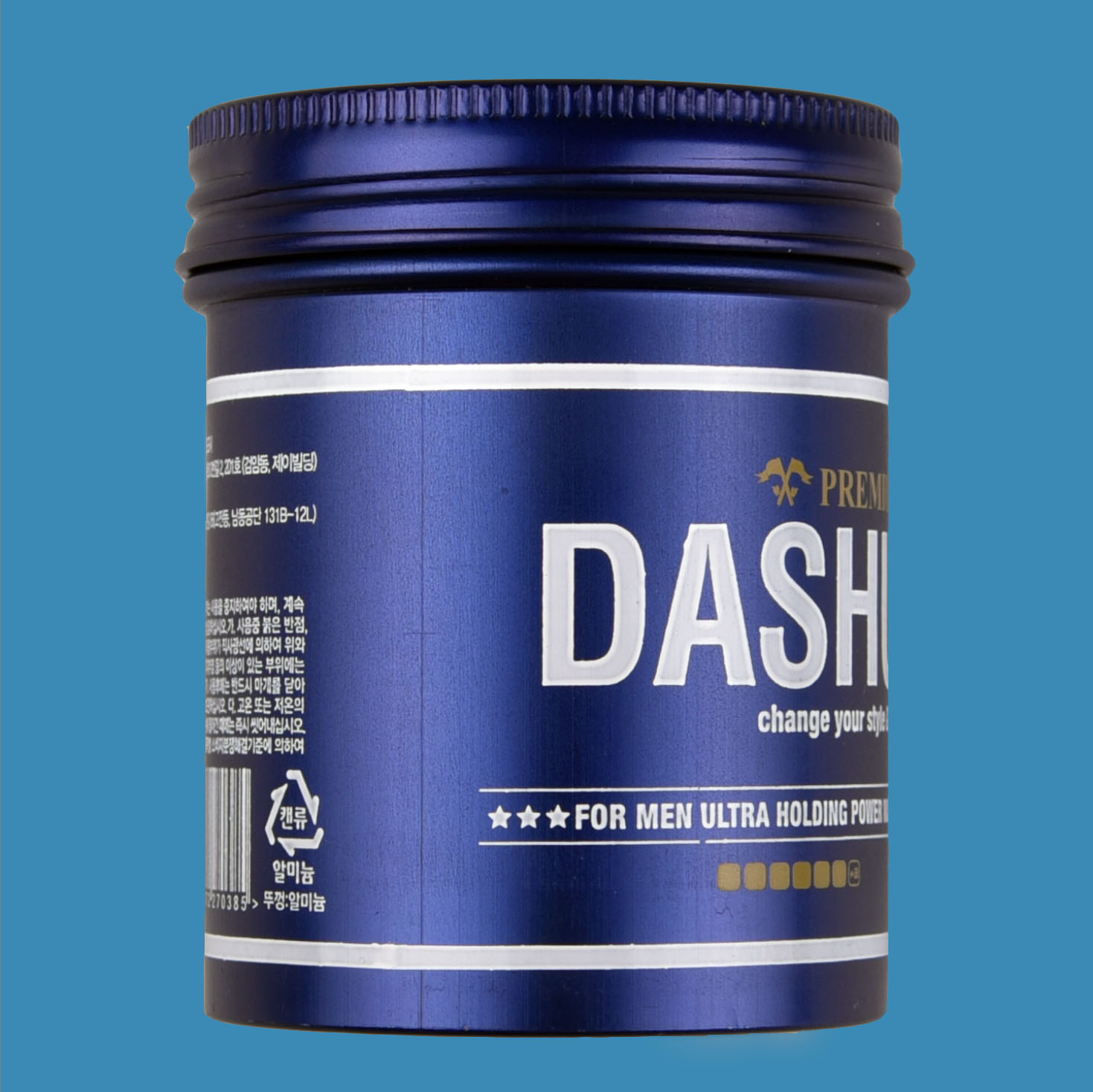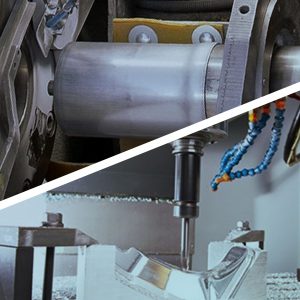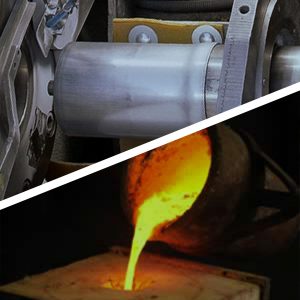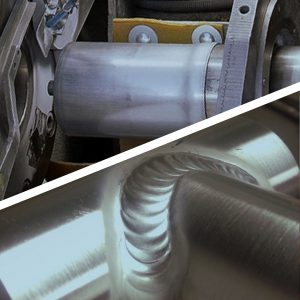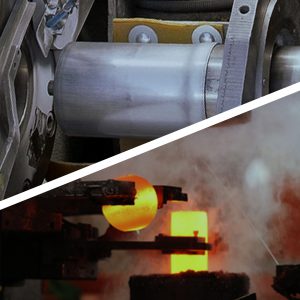Aluminum Impact Extruding is a method of producing a variety of products by forcing metal to flow through an orifice between the punch and die under compressive stresses. And the final shape is normally formed in a single stroke of the press.
There are three basic forms of impact extruding as shown below:
A blank of aluminum slug is placed in a die cavity, and struck by the punch, forcing the metal to flow upward around the punch.
This process involves both reverse and forward impacting in one operation, it is used to produce complex shapes. It’s worth noting that a lower punch may also be incorporated with an upper punch, make the metal upward into the punch, until the cavity is filled.
Opposite to Reverse Extruding, the aluminum slug flows through the orifice of a die by the forward force of the punch. The punch fits the walls of the die so closely that no metal escapes backwards.

